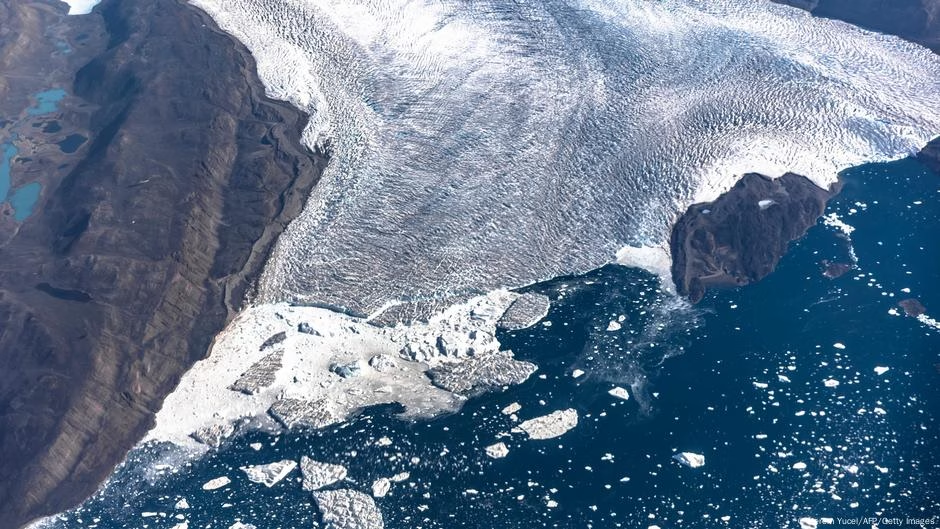However, the researchers note that the record pace of fossil fuel combustion, which is escalating global temperatures, will likely postpone this forecast.
The study, published in the journal Science, discovered that Earth’s orbit fluctuations cause Northern Hemisphere ice sheets to expand and shrink in natural cycles every 100,000 years.
“We observed a foreseeable pattern over the past million years regarding the period when Earth’s climate shifts between glacial ‘ice ages’ and warm periods like today, termed interglacials,” said Lorraine Lisiecki, a paleoceanographer at the University of California, Santa Barbara, US, to reporters.
Timing of Ice Ages is Determined by Earth’s ‘Eccentric’ Orbit Around the Sun
Scientists have long suspected that alterations in the Earth’s orbit of the sun contribute to the onset of ice ages.
Lisiecki’s group took a fresh approach to the problem by examining the climate record over the last 900,000 years.
They analyzed changes in ice sheet volumes using data from fossilized deep-sea organisms, then compared this data to the Earth’s oval-shaped orbit around the sun, a phenomenon called orbital eccentricity.
The study found that each glaciation period over the last 900,000 years conformed to a predictable pattern, correlating with slight variations in the Earth’s orbit around the sun and the tilt of the axis.
Contrary to previous studies suggesting the timing of ice ages is random, this study’s authors assert that ice ages follow specific rules, enabling predictions about their occurrence based on changes to the Earth’s orbit.
They claim that the next ice age will occur within the next 11,000 years.
Could CO2 emissions delay the next ice age?
The impact of human-induced climate change on these forecasts, which are based on pre-industrial Earth conditions, remains uncertain.
Some studies suggest that the CO2 released from burning fossil fuels could prevent the Earth from entering a glacial state for at least the next 500,000 years.
“Such a transition to a glacial state in 10,000 years’ time is very unlikely to happen because human emissions of carbon dioxide into the atmosphere have already diverted the climate from its natural course, with longer-term impacts into the future,” said co-author Gregor Knorr, a palaeoclimatologist at the Alfred Wegener Institute, Germany.
The researchers assert that their new model is the first step in understanding how humans affect long-term climate shifts by examining patterns uninfluenced by industrial activity.
This indicates that future research incorporating data from the post-industrial period will likely push back the timing of the next ice age.
Edited by: Matthew Ward Agius
Source:
Distinct roles for precession, obliquity, and eccentricity in Pleistocene 100-kyr glacial cycles







